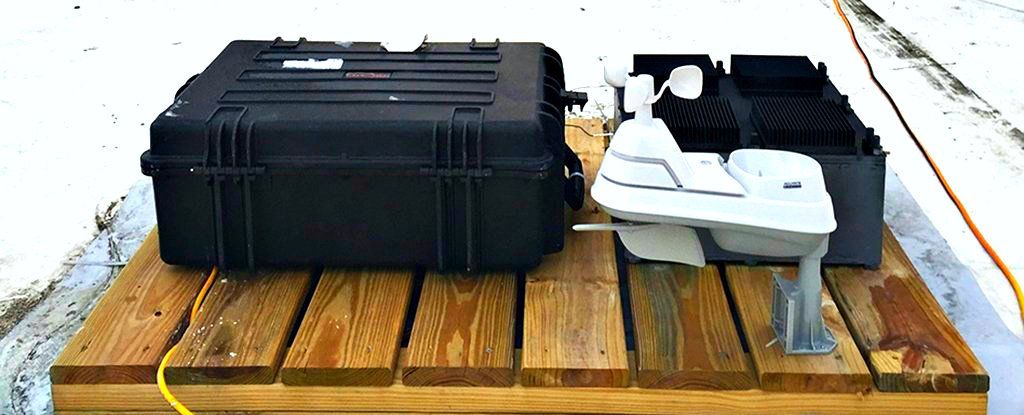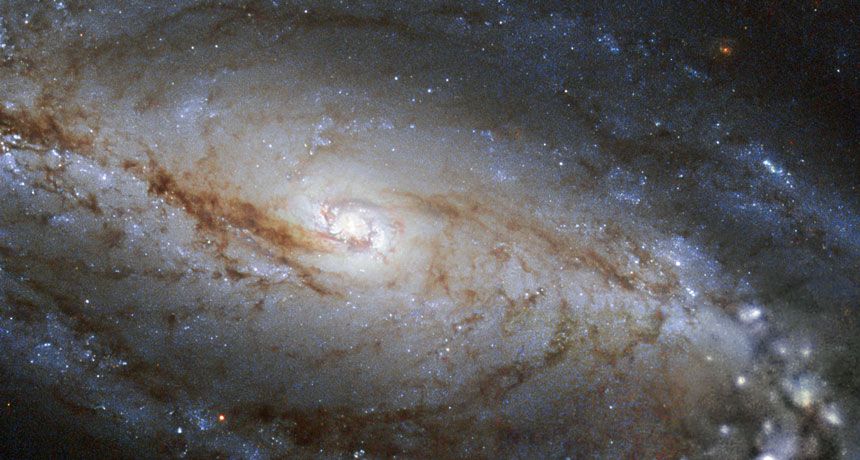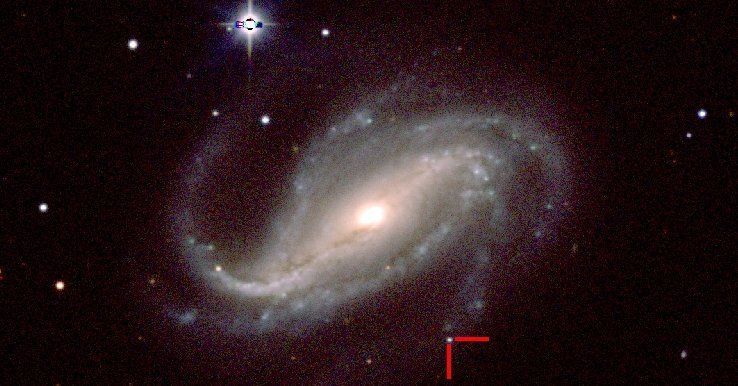Lightweight equipment is not much larger than what a bicyclist would wear.
- By Megan Thielking, STAT on March 22, 2018

Lightweight equipment is not much larger than what a bicyclist would wear.
The tallest active geyser in the world may be erupting for the first time since 2014, according to the National Park Service.
Yellowstone National Park employees reported seeing the Steamboat Geyser erupt on Thursday evening, the park service announced Friday. Park geologists then compared the accounts to thermal sensors in the area and determined it “could be a series of minor eruptions.”
The geyser can shoot water higher than 300 feet during major eruptions, according to the Park Service. A geyser in New Zealand has sent water higher, but not in more than 100 years.

Temperature changes large and small are happening around us all the time, and scientists have come up with a machine that can convert those fluctuations into electricity, potentially powering sensors and communication devices almost out of thin air.
The energy harvesting is done through what’s called a thermal resonator: a device that captures heat on one side and radiates it over to the other. As both sides try and reach equilibrium, the energy can be caught using the process of thermoelectrics.
According to the team from the Massachusetts Institute of Technology, the new thermal resonator could keep remote sensors or any off-grid devices powered up for years, just by using temperature swings – like the natural ones between night and day, for instance.

Finally, a TV display you can roll up and take with you.



For many years doctors have been able to get a look inside a person’s body using X-ray scans, or placing a tiny camera inside the body. But those tools provide a limited view and can only reveal so much. A recently developed camera, however, may give doctors the ability to see everything happening in the human body, no matter where it is.
The camera was developed by researchers from the University of Edinburgh, and it’s meant to work while paired with an endoscope — a long, slender piece of equipment that usually has a camera, sensors, and lights at its tip.
Light emitted by the endoscope typically scatters when it comes into contact with structures within the body, such as body tissue, but the new camera is able to pick up on it thanks to the photon detectors inside of it. The camera is able to detect light sources behind as much as 20 centimeters (7.9 inches) of bodily tissue.

